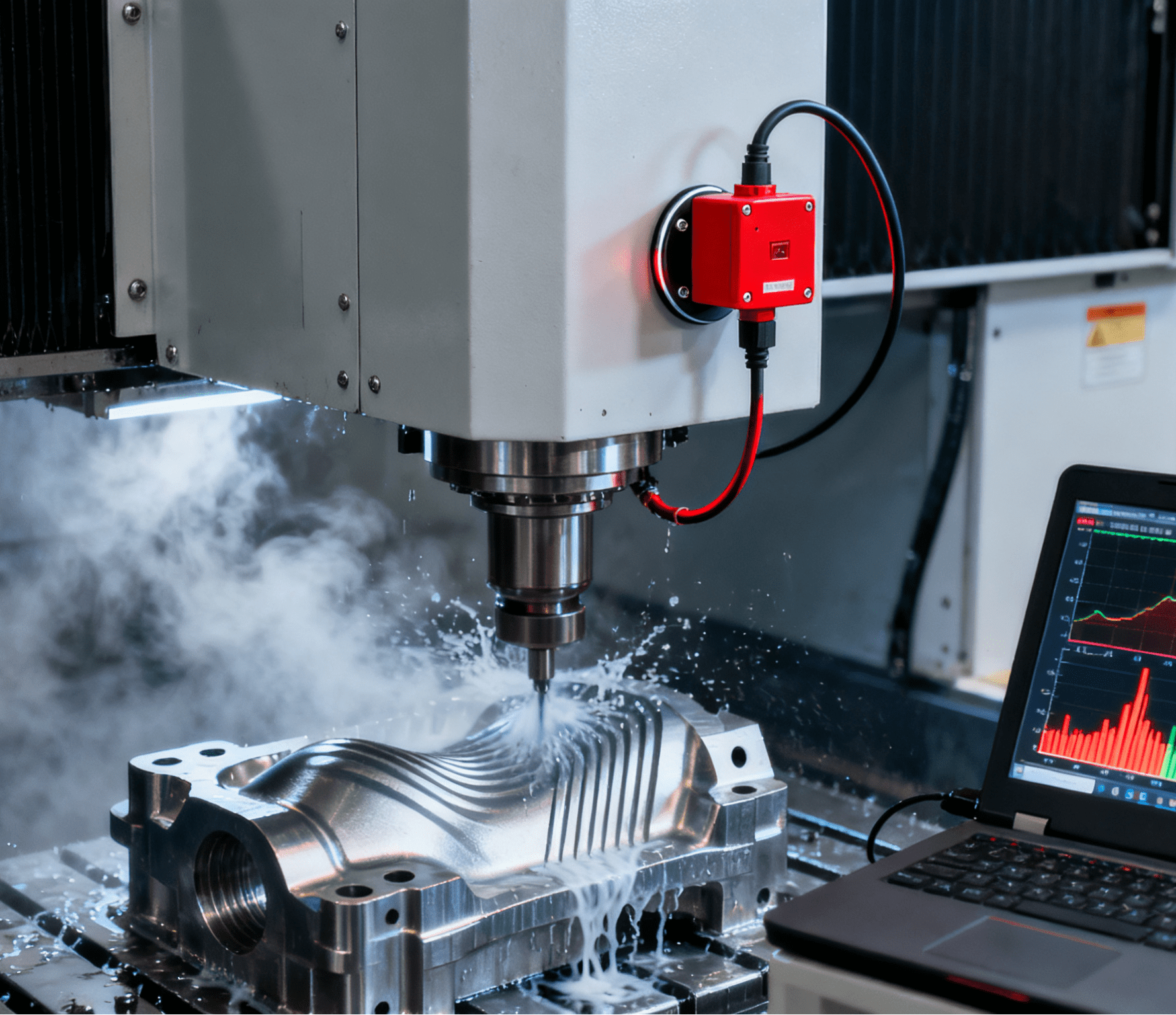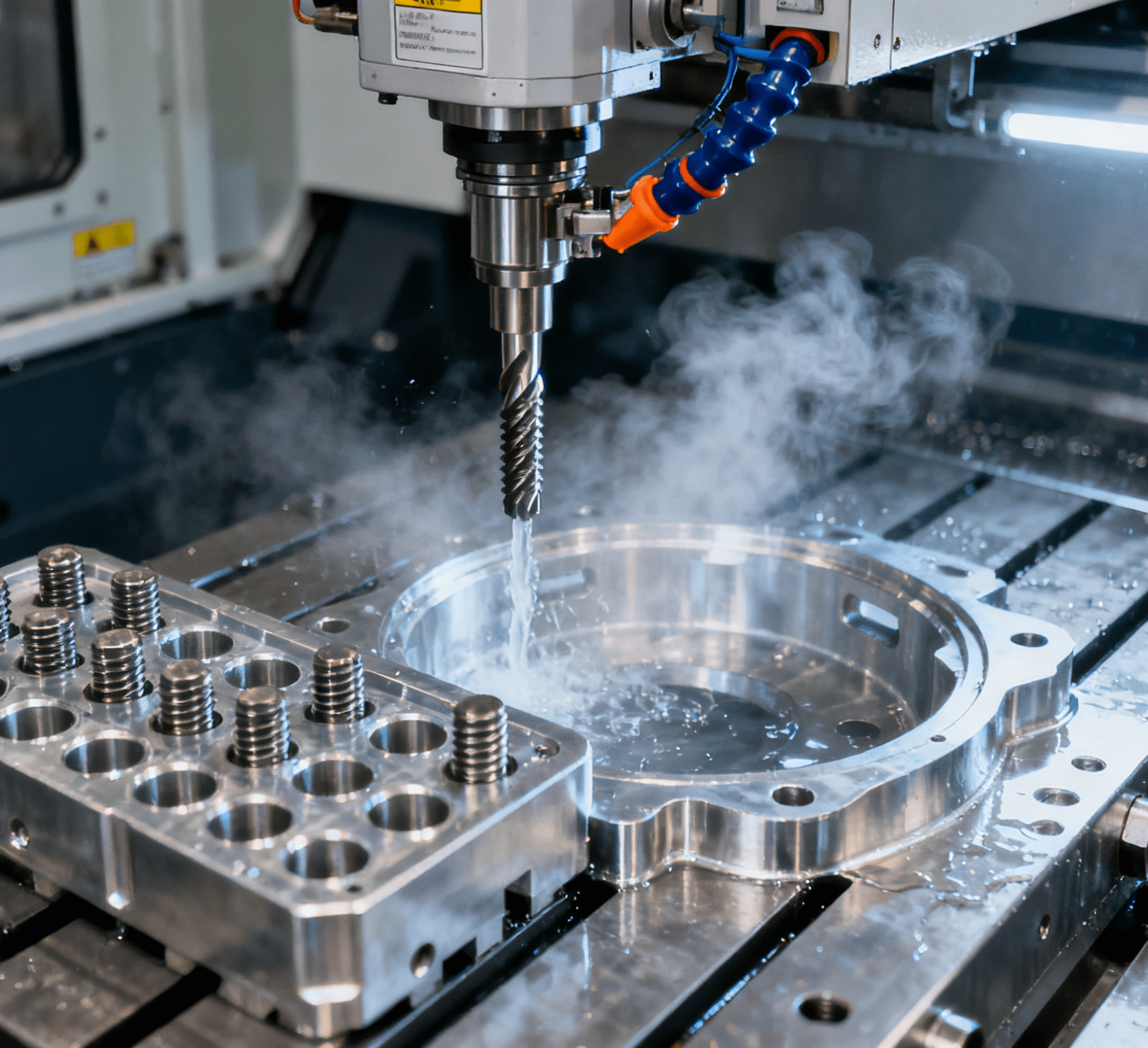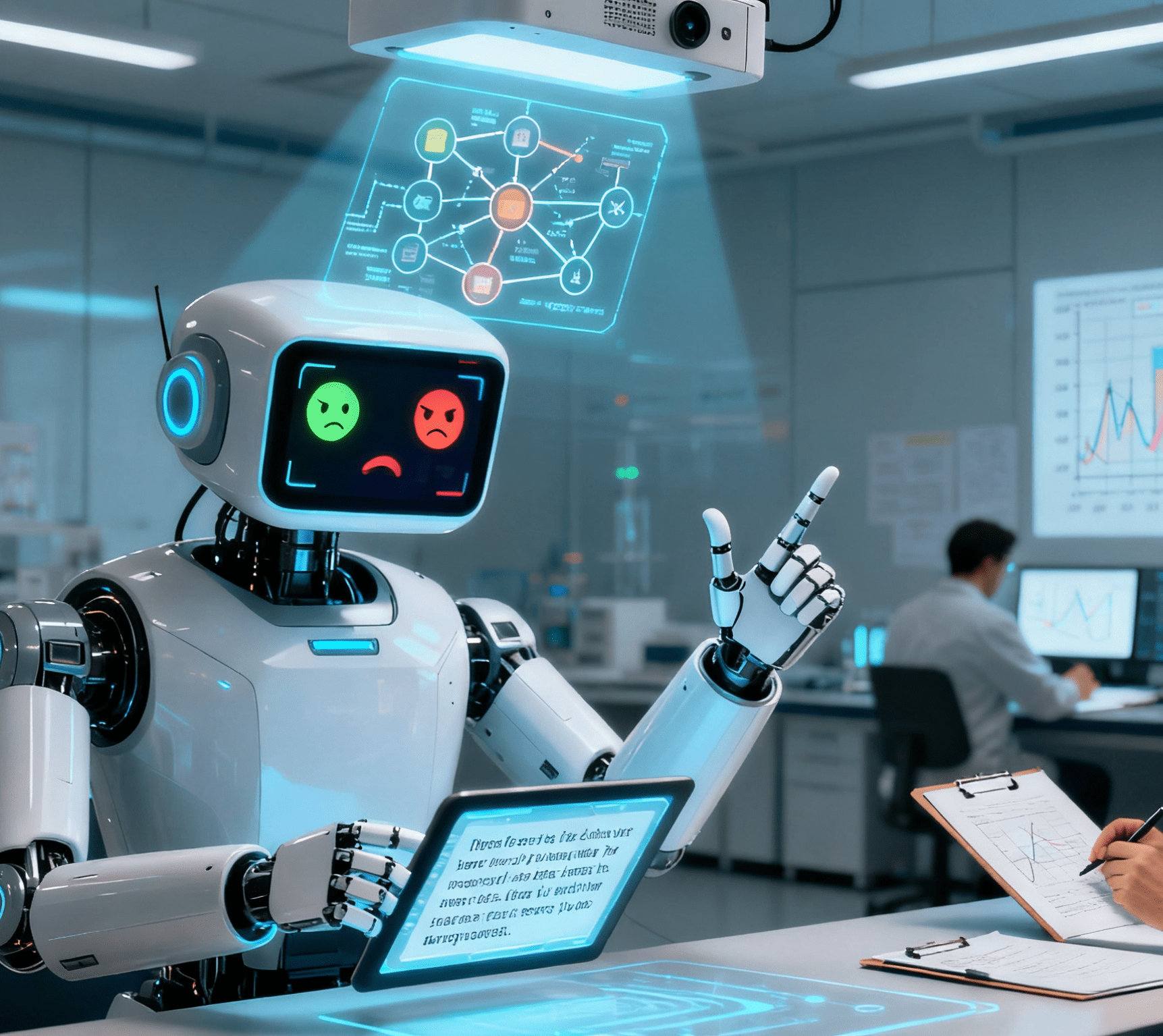Table of Contents
ToggleRobotic Small Product Tray Loading System: Mastering Precision and Speed in Micro-Manufacturing

In an era where miniaturization defines innovation—from wearable electronics to medical micro-devices—the challenge of efficiently loading small products (1mm to 100mm) into trays has become a critical bottleneck. Traditional manual or semi-automated methods are plagued by slow speeds (20–50 parts/min), high error rates (10–15% misalignments), and reliance on skilled labor, limiting scalability for industries demanding precision at scale. The Robotic Small Product Tray Loading System emerges as a transformative solution, combining high-speed robotics, AI-driven vision, and adaptive software to automate the delicate process of arranging tiny components into trays with unmatched accuracy and speed. Designed for industries ranging from electronics to pharmaceuticals, this system turns the complexity of micro-handling into a streamlined, error-free workflow.
The Architecture of Micro-Precision: Key System Components
A cutting-edge tray loading system is a symphony of hardware and intelligence, optimized for small product handling:
1. High-Speed Robotic Arms: Dexterity for Miniature Tasks
SCARA (Selective Compliance Assembly Robot Arm) or 4-axis delta robots are the workhorses here, offering:
- Sub-Millimeter Precision: Achieves ±0.1mm positioning accuracy, critical for placing 2mm micro-LEDs or 5mm medical stents into trays with tightly spaced cavities.
- Blazing Speed: Handles 100–300 parts per minute, with acceleration forces up to 10G, reducing cycle times by 50% compared to manual operators.
- Adaptive Grippers: Soft vacuum suction cups for fragile components (e.g., glass capacitors), or two-finger microgrippers for irregular shapes (e.g., L-shaped connectors), ensuring damage-free handling.
2. AI-Powered 2D/3D Vision: Seeing the Invisible
A high-resolution vision system (5–10μm pixel size) paired with deep learning algorithms solves the chaos of random part orientation:
- Chaotic Bin Picking: Identifies parts stacked at 90° angles or overlapping (common in bulk storage) with 99.7% accuracy, even for components with low contrast or reflective surfaces.
- Real-Time Pose Correction: Adjusts the robot’s grip mid-movement to align parts within ±0.5° for trays requiring strict angular orientation (e.g., circuit board components with pin alignment requirements).
- Defect Pre-Screening: Detects micro-burrs, bent leads, or missing features on parts as small as 0.5mm, rejecting faulty items before tray loading to prevent downstream assembly errors.
3. Intelligent Software: Orchestrating the Flow
User-friendly interfaces and advanced algorithms ensure seamless operation:
- No-Code Tray Programming: Operators define tray layouts by importing CAD files or tracing cavity patterns, reducing setup time for new products from hours to minutes.
- Dynamic Path Optimization: AI calculates the shortest robot trajectory while avoiding tray obstacles (e.g., raised edges or alignment pins), improving throughput by 20% over rule-based systems.
- IoT Connectivity: Feeds real-time data (part throughput, gripper wear, vision accuracy) to factory systems, enabling predictive maintenance and rapid issue resolution—e.g., alerting when a vacuum gripper’s suction pressure drops below optimal levels.
Applications: Where Small Parts Demand Big Precision
1. Electronics & Semiconductor Manufacturing
In a factory producing 50,000 smartphone camera modules daily:
- The system picks 3mm image sensors from waffle packs and places them into anti-static trays, ensuring the delicate gold contacts align perfectly with tray guides—critical for automated bonding processes.
- For semiconductor wafers, delta robots with vibration-damped grippers transfer 200mm silicon dies into foam-lined trays, achieving a placement speed of 150 parts/min with zero contact damage.
Case Study: A leading electronics OEM reduced tray loading errors by 85% and accelerated production line changeovers from 2 hours to 15 minutes, enabling them to launch 30+ new product models annually.
2. Medical Device Production
In a Class 8 cleanroom manufacturing insulin pump components:
- Sterile-grade robots handle 1.5mm plastic check valves, using UV-sterilized grippers and vision systems with anti-reflective coatings to meet ISO 13485 standards.
- Each part’s position in the tray is logged with a timestamp and serial number, creating an unbroken audit trail for FDA-compliant traceability.
3. Consumer Goods & Toy Manufacturing
For a factory packaging 100,000 tiny toy parts (e.g., 5mm plastic gears, 8mm metal springs) into retail trays:
- The system sorts mixed parts by color and shape using AI vision, ensuring each tray contains exactly 50 components in predefined patterns—eliminating costly manual sorting errors.
- Soft-grip technology prevents scratches on painted surfaces, maintaining product aesthetics critical for brand reputation.
Robotic Systems vs. Traditional Tray Loading: A Performance Breakdown
| Metric | Robotic Small Product Tray Loading | Manual/Semi-Automatic Methods |
| Throughput (parts/min) | 100–300 (consistent) | 20–50 (operator-fatigue limited) |
| Placement Accuracy | ±0.1mm (vision-guided) | ±1mm (human-eye dependent) |
| Changeover Time (new tray) | <10 minutes (software-driven) | 1–2 hours (manual template setup) |
| Defect Detection Rate | 100% (real-time screening) | 50% (post-loading inspection) |
| Labor Requirement | 1 operator for 5+ systems | 3–5 operators per line |
Technological Innovations Shaping the Future
1. Self-Learning Gripper Systems
AI algorithms analyze 10,000+ part-handling events to automatically adjust gripper force, suction pressure, or grip location for new components, eliminating the need for manual tuning—ideal for manufacturers dealing with 100+ part types.
2. Hybrid Vision Systems
Combining 2D top-down cameras for fast part localization and 3D structured light scanners for height detection, these systems handle complex geometries (e.g., domed components or multi-layered assemblies) with 99.9% reliability.
3. Collaborative Tray Loading Cells
Safety-rated cobots work alongside human operators in shared workspaces, handling high-speed loading while humans perform quality checks or tray sealing, boosting productivity by 30% in mixed-model production environments.
The Business Case: Investing in Micro-Automation
1. ROI Through Efficiency and Quality
- Labor Cost Reduction: A single system replaces 2–3 manual workers, with a typical payback period of 12–18 months in high-labor-cost regions.
- Quality Assurance: Near-zero misplacement errors reduce rework costs by 70%, critical for industries where a single misaligned micro-component can scrap an entire tray (e.g., $500+ for a semiconductor tray).
- Scalability: Modular design fits into tight spaces (as small as 2m²) and integrates with existing conveyors or AGVs, enabling seamless expansion for mass production.
2. Future-Proofing for Miniaturization Trends
- Adaptability to Smaller Parts: As components shrink to sub-millimeter sizes (e.g., nanosensors, micro-LED arrays), the system’s precision and vision technology ensure readiness for tomorrow’s products.
- Data-Driven Process Optimization: Real-time analytics identify trends (e.g., subtle gripper wear affecting part alignment) and trigger automated adjustments, ensuring continuous improvement.
The New Standard in Micro-Handling: Small Products, Giant Leaps
In a world where “small” drives innovation, the Robotic Small Product Tray Loading System is more than a tool—it’s a gateway to unlocking the full potential of miniaturized manufacturing. By merging the speed of robotics with the intelligence of AI and vision, it transforms the tedious, error-prone task of tray loading into a showcase of precision and efficiency. Whether handling micro-electronics, medical marvels, or consumer trinkets, this system proves that in the age of automation, mastering the small details is what leads to giant leaps in productivity and quality.
#Robotic Tray Loading #Small Product Automation #Precision Material Handling




















